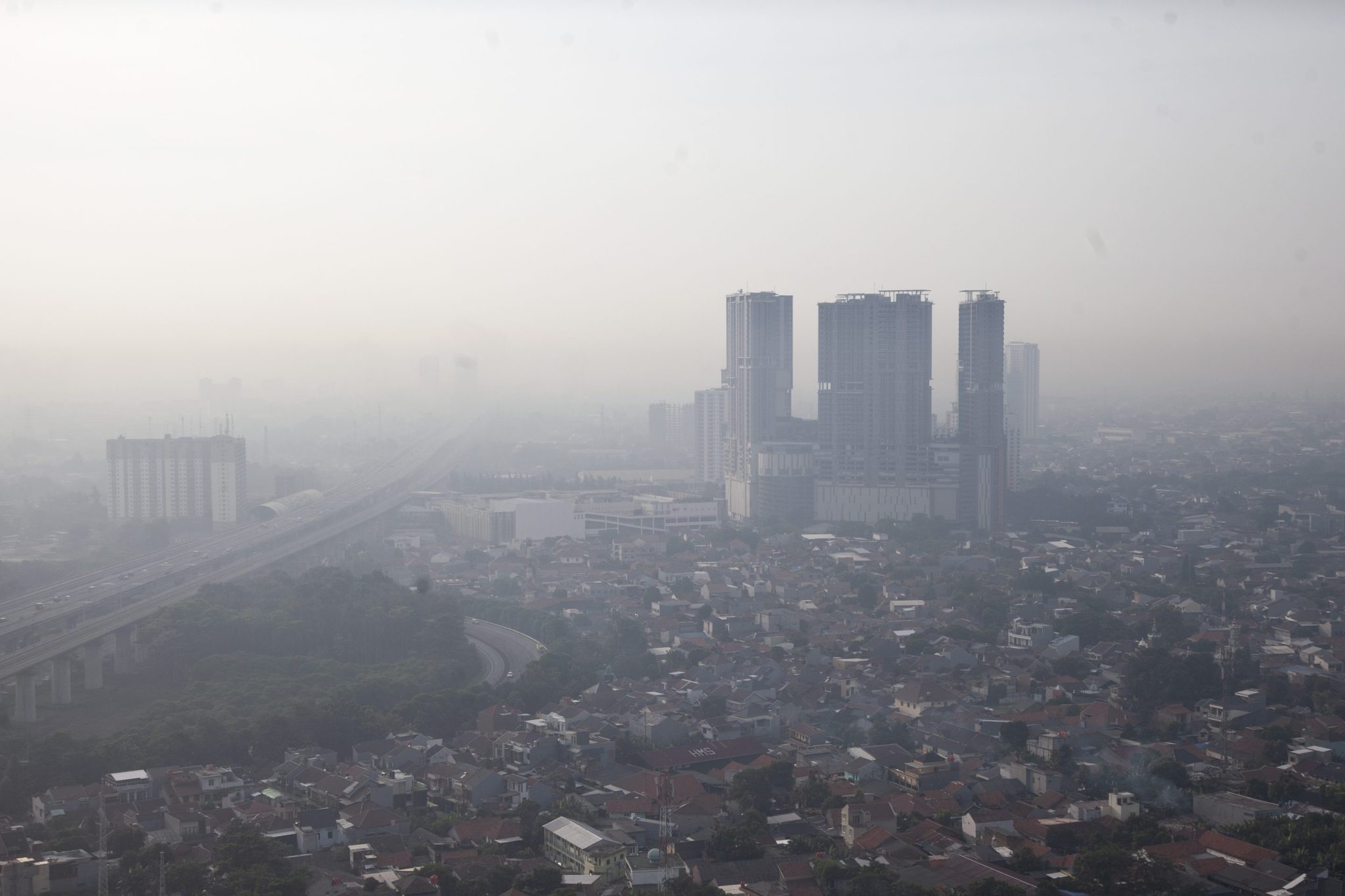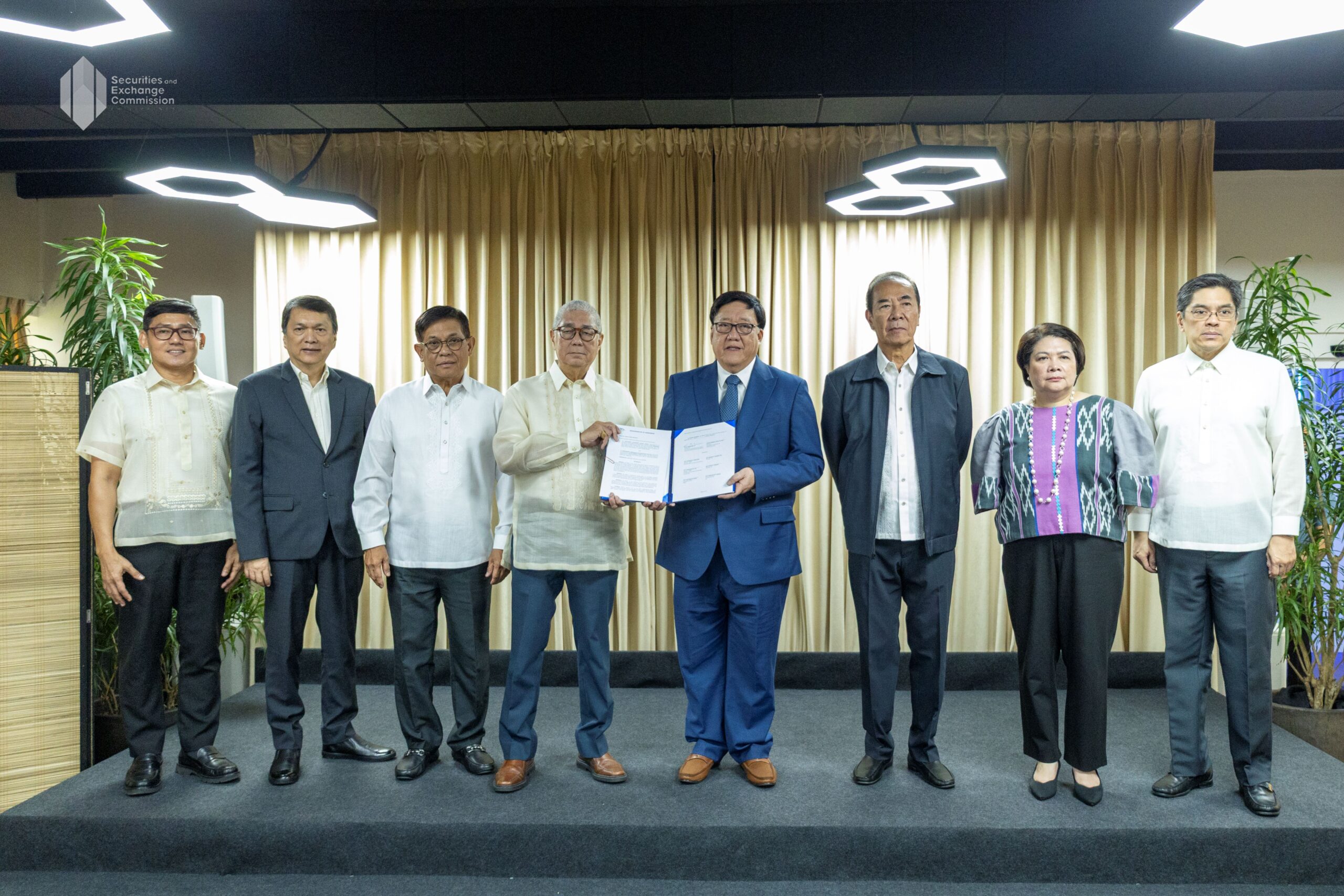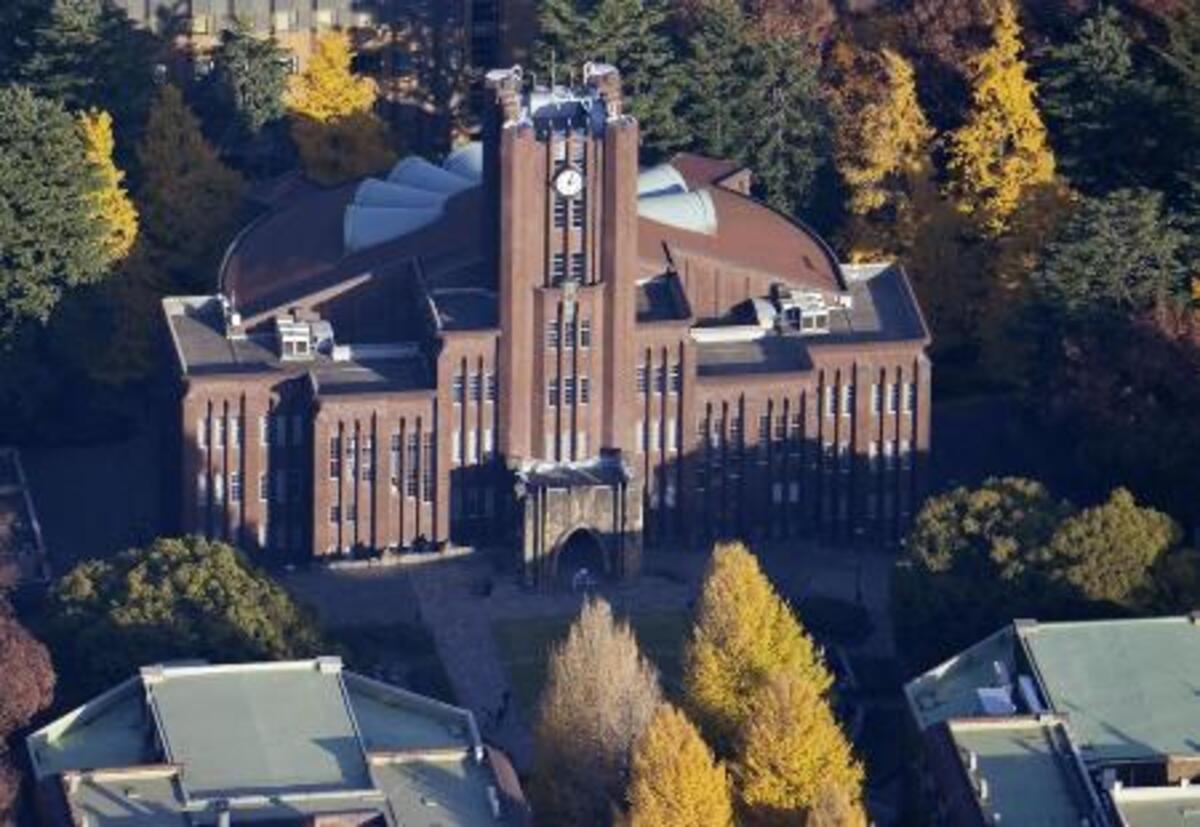The study, led by Steve Yim, head of the Centre for Climate Change and Environmental Health at Singapore’s Nanyang Technological University, estimates the economic cost of pollution-linked deaths under different emissions scenarios: low, medium, and high.
According to the research, Southeast Asia is projected to face a $447 billion hit from air pollution-related deaths under the low emission scenario, and $591 billion under the high emission scenario.
“These figures represent the total social value of lost lives, not direct healthcare costs. They capture a broader welfare loss, such as lost productivity, economic output, and the intangible cost of premature death,” Yim explains.
### Sources of Air Pollution in Southeast Asia
Air pollution in the region stems from various sources, including vehicle exhaust, forest fires, and coal power plants. Over 90% of East and Southeast Asia’s 2.5 billion people currently breathe air with unsafe levels of fine particulate matter (PM2.5) and ground-level ozone, according to the World Health Organization.
Climate change further complicates the issue by affecting weather systems that control how air pollution forms, spreads, and dissipates. For example, reduced rainfall limits the removal of pollutants, allowing them to accumulate in the air.
### Health Impacts of Air Pollution
Exposure to air pollution is linked to numerous health problems, including ischemic heart disease, stroke, lung cancer, and chronic obstructive pulmonary disease (COPD). This information is supported by the 2025 State of Global Air report from the Health Effects Institute and Institute for Health Metrics and Evaluation at the University of Washington.
### Pollution Levels and Mortality: A Paradox
Interestingly, the study found that under all three climate scenarios, the overall PM2.5 concentration in Southeast Asia is projected to decrease between 2% and 10% by 2050.
When asked why pollution-related deaths may increase despite improvements in regional air quality, Professor Yim clarifies that pollutant levels, while decreasing overall, are actually rising in Southeast Asia’s most climate-vulnerable areas. These include southern Thailand and the southern islands of Indonesia.
### Economic Impact and Government Responses
Central, South, and Southeast Asia lost as much as 11% of their 2019 GDP due to exposure to fine particulate matter, according to World Bank estimates. In response, governments across Southeast Asia are working to mitigate the economic effects of pollution by improving air quality and transitioning to greener energy sources.
For instance, Singapore established a government advisory committee on ambient air quality in 2010 to recommend national air quality targets based on global guidelines and scientific findings. In addition, an Indonesian court ruled in 2019 that the country must set more stringent national and regional air quality standards following a citizen lawsuit.
—
Efforts continue across the region to tackle the complex challenges of air pollution and climate change, aiming to protect public health and reduce the economic burden of pollution-related diseases.
https://fortune.com/2025/10/27/southeast-asia-air-pollution-deaths-600-billion-cost/



